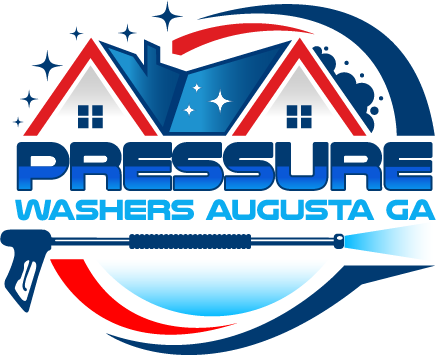When it comes to maintaining the exterior of your home or cleaning various surfaces, two common terms often come up: power washing and pressure washing. While both methods involve high-pressure water to clean surfaces, they differ in crucial ways. Let’s delve into the distinctions between power washing and pressure washing to help you determine which is best suited for your needs.
What is Pressure Washing?
Pressure washing is the more traditional of the two methods. It involves using a high-pressure water stream to remove dirt, grime, mold, mildew, and loose paint from surfaces. The pressure is created by a motorized pump that propels water at a forceful rate. The water used in pressure washing is at regular temperature.
Pressure washing is highly effective for cleaning driveways, sidewalks, decks, and patios, as well as preparing surfaces for painting. It’s a versatile option for a variety of outdoor cleaning tasks and can handle tougher stains and stubborn dirt.
What is Power Washing?
Power washing, on the other hand, is a step up in terms of force and effectiveness. It also uses high-pressure water, but it incorporates the element of hot water into the mix. Power washers have a heating element that heats the water before it’s expelled, making it especially potent in breaking down and removing grime, grease, and oil.
The introduction of hot water in power washing enables it to clean more thoroughly and tackle heavy-duty tasks like removing chewing gum from sidewalks, eliminating grease from driveways, and cleaning heavily soiled surfaces.
Key Differences
Water Temperature: The primary distinction between power washing and pressure washing is the water temperature. Pressure washing uses regular temperature water, while power washing employs hot water.
Cleaning Effectiveness: Power washing, due to the heated water, is more effective for tackling stubborn stains, grease, and oil compared to pressure washing. The heat aids in breaking down these substances for easier removal.
Surface Suitability: Pressure washing is suitable for most surfaces and is widely used for routine cleaning and maintenance. Power washing is more suited for tough, deeply ingrained stains and surfaces that can withstand higher temperatures.
Applications: Pressure washing is versatile and suitable for a broad range of tasks, while power washing is often reserved for more heavy-duty cleaning jobs.
Choosing Between Power Washing and Pressure Washing
Consider Your Cleaning Needs:
To determine whether power washing or pressure washing is suitable, evaluate the surface you need to clean and the type of dirt or grime present. For tougher stains or industrial cleaning, power washing might be the better option.
Assess the Surface Material:
Delicate surfaces like wood or certain types of masonry can be negatively affected by the heat in power washing. In such cases, pressure washing is a safer choice to avoid any potential damage.
Consult a Professional:
When in doubt, consulting a professional cleaning service can provide valuable insights. They can assess your cleaning needs and recommend the most effective and safe method for optimal results.
